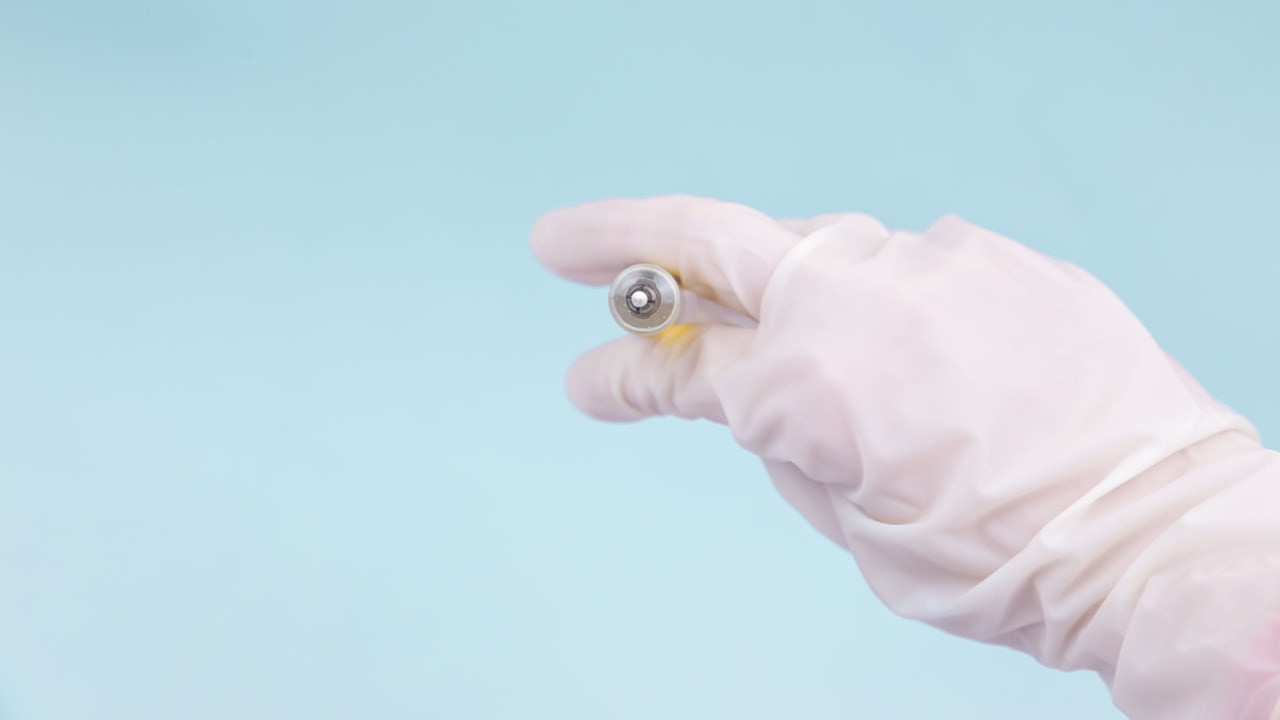Title: Designing Precision Injection Molds: Key Factors for Success
In the realm of manufacturing, precision injection molds play a crucial role in producing high-quality plastic components efficiently and cost-effectively. The design of injection molds requires careful consideration of various factors to ensure successful outcomes. This article delves into the essential aspects of designing precision injection molds, highlighting key factors that can make a significant difference in the final product.
One of the primary considerations in designing precision injection molds is selecting the right injection mold factory or supplier. A reputable and experienced supplier can provide valuable insights and expertise throughout the design and manufacturing process. Collaborating with a skilled injection mold supplier can help streamline the development process and optimize the performance of the molds.
In addition to choosing the right supplier, meticulous attention to detail is essential when designing injection molds. Factors such as material selection, cooling system design, and part ejection mechanisms can significantly impact the quality and consistency of the final product. By optimizing these design elements, manufacturers can achieve greater precision and efficiency in the injection molding process.
Furthermore, the use of advanced technology and computer-aided design (CAD) software has revolutionized the way injection molds are designed. CAD tools enable designers to create complex mold geometries with precision and accuracy, leading to improved part quality and reduced production timelines. By leveraging the latest technological innovations, manufacturers can stay ahead of the competition and meet the evolving demands of the industry.
Another critical aspect of designing precision injection molds is ensuring proper maintenance and care. Regular maintenance of injection molds is essential to prevent wear and tear, prolonging the life of the molds and maintaining consistent part quality. By implementing a proactive maintenance schedule and adhering to best practices, manufacturers can maximize the efficiency and longevity of their injection molds.
In conclusion, designing precision injection molds requires a combination of expertise, attention to detail, and advanced technology. By partnering with the right injection mold supplier, optimizing design elements, leveraging technology, and implementing proactive maintenance practices, manufacturers can achieve superior results in their injection molding operations. With a focus on these key factors, companies can enhance product quality, reduce production costs, and drive overall success in the competitive manufacturing landscape.

 Title: Designing High-Quality Injection Molds: Key Factors and Best Practices
Title: Designing High-Quality Injection Molds: Key Factors and Best Practices